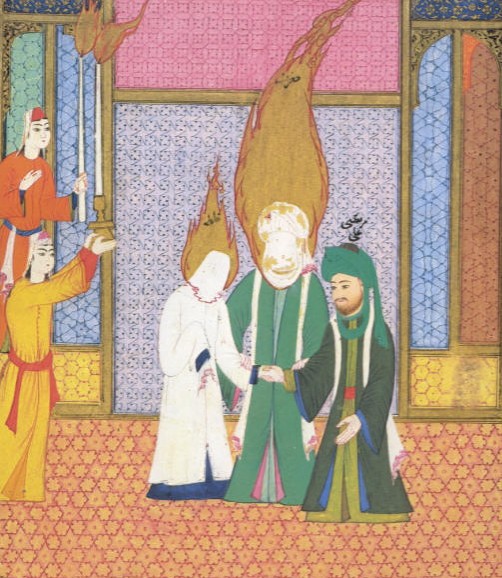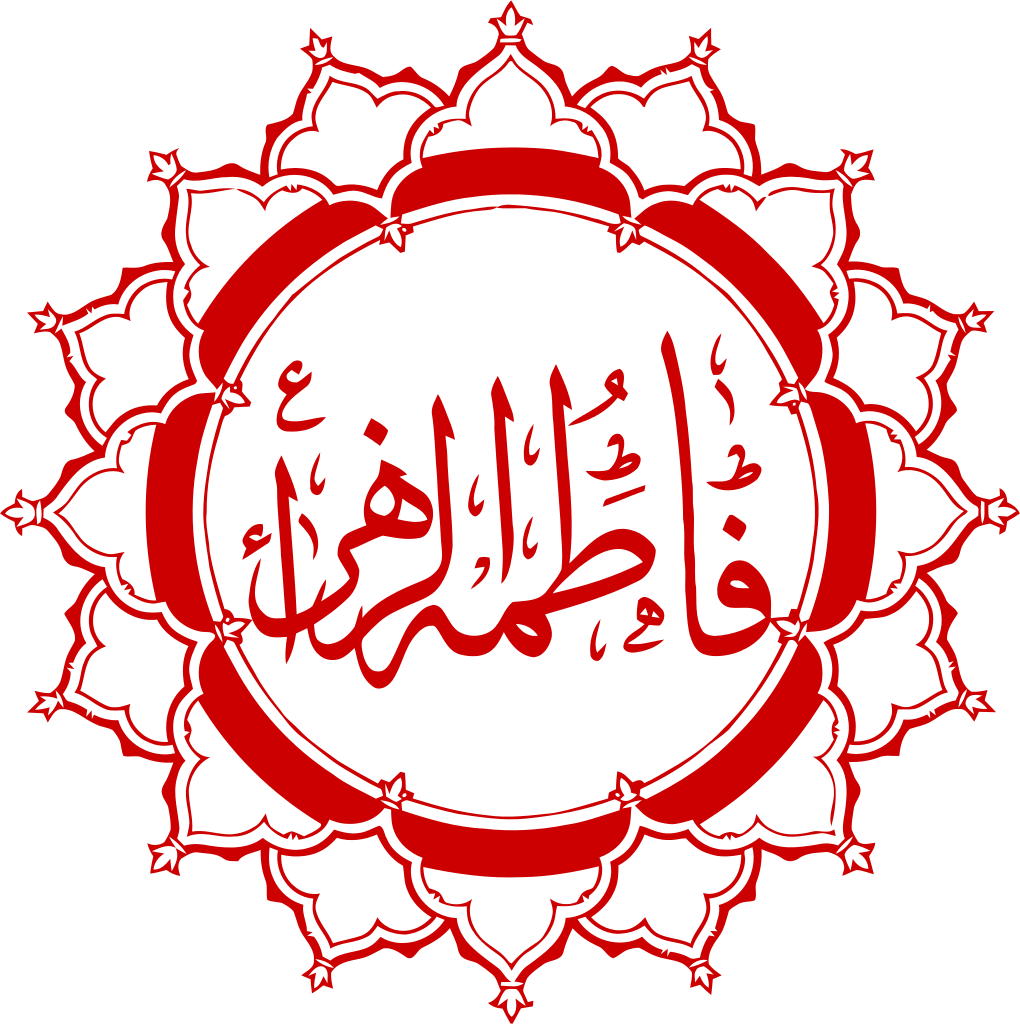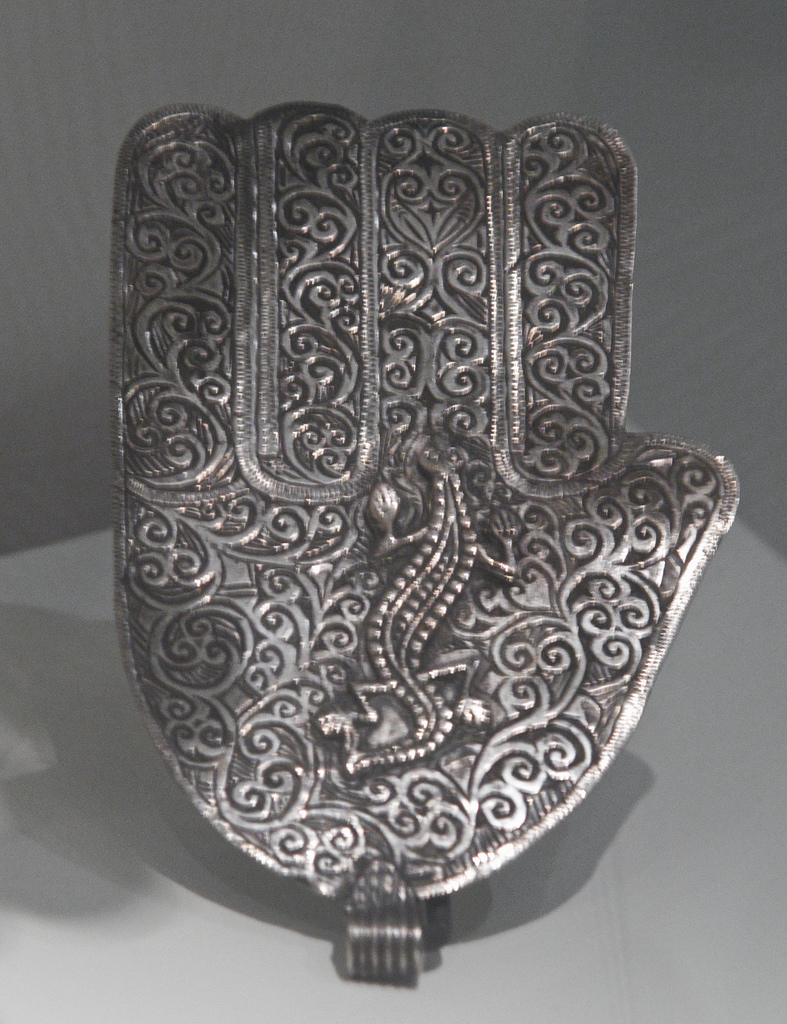


Fatimah al-Zahra (615–632) was the daughter of Muhammad and Khadijah, the first wife of the first Shi'ah Imam, Ali ibn Abi Talib, and the mother the second and third, Husayn and Hasan, among others. She was dearly loved by her father, and a well known dhikr, now called the Tasbih of Fatimah, was recommended to her by her him. Fatimah rejected proposals of marriage, but relented to marry Ali, with whom she lived humbly and piously, and did much manual work for herself, aiding the family income by spinning wool. After the passing of her father and the ensuing drama regarding his succession, Fatimah came into conflict with Abu Bakr and his companions, and was known to give refuge to opponents of the Caliphate. Abu Bakr refused her inheritance from her father, and Umar and his followers raided her home for Ali’s resistance to pledge allegiance to Abu Bakr. Said raid resulted in injuries that caused Fatimah to miscarriage, and according to some, eventually die. Upon her passing, she willed to be buried in secret, and her place of rest is still not definitively known. Shi’is annually mourn her on the 3rd of Jumada al-Thani.

Sunnis and particularly Shi’is hold Fatimah in high regard, and her influence of Islamic culture is strong. She is referred to as al-Zahra, the Splendid One, al-Ṣiddîqah, the Truthful One, al-Zakiyyah, the Innocent One, al-Raḍiyyah, the Pleased One, al-Ṭâhirah, the Pure One, al-Mubârakah, the Blessed One, al-Muḥaddatha, the One Spoken to (by angels), among other titles. According to tradition, she possessed a manuscript, the contents and origins of which are disputed. Some even claimed to have been it was given by Gabriel and contained future events and names of Shi’ah Imams. The ancient Middle-Eastern and Mediterranean symbol of an open hand (particularly with an eye on the palm), used to ward of evil and invite fortune and fertility, continued to be used was repurposed by Muslims as Islam expanded into North Africa, and alongside Khamsah (meaning five), it came to be called the “Hand of Fatimah.”
